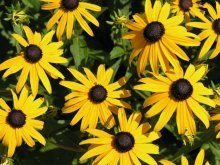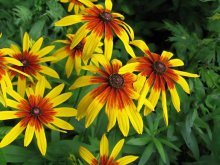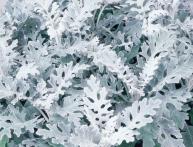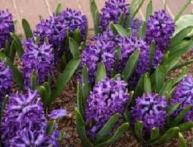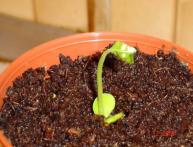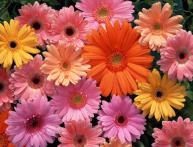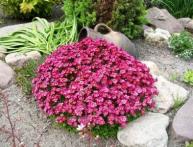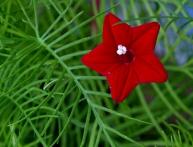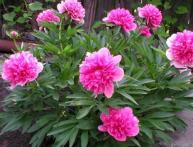Rudbeckia: growing from seeds, sowing and caring for seedlings
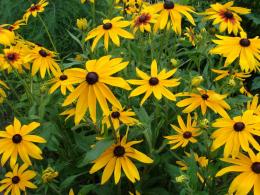
The history of breeding rudbeckia began in those days when the first Europeans who moved to North America transplanted a beautiful plant from the wild into their flower beds. Because of the unusual shape of the flower, they called it Suzanne's black eyes.
Very quickly, the seeds of the plant found their way to Europe, where C. Linnaeus named a new genus of plants in honor of his teacher W. Rudbeck. Since then rudbeckia firmly established in gardens and flower beds. Many popular varieties have been developed. Let's try to find out how rudbeckia is grown from seeds and what is needed for this.
Content:
- What you need to know when collecting or purchasing rudbeckia seeds
- Preparing for planting and planting rudbeckia seeds for seedlings
- Sowing rudbeckia seeds in the ground
What you need to know when collecting or purchasing rudbeckia seeds
To collect rudbeckia seeds yourself, you need to follow several rules. To save seeds before planting, they need to be collected during the daytime and always in dry weather. The rudbeckia basket very quickly absorbs atmospheric moisture and the seeds can become moldy and rot during storage.
Rudbeckia seeds are formed in the center of the inflorescence from the middle flowers. Its marginal flowers are sterile. In place of tubular flowers, oblong fruit-acenes with a small crown appear.
It is important to harvest ripened seeds, in rudbeckia they ripen in September. If you do not have much experience in collecting seeds, then it is better to wait for the inflorescences to dry completely.When this happens, you need to cut the selected specimens with scissors. Protect your hands with gloves. Place the cut inflorescences on sheets of paper in a dry place. Here they need to be kept for 6 - 7 days until completely dry. After this, pour the seeds into a paper bag and store until spring in a dry place at + 20 degrees.

Subject to the rules of collection and storage, rudbeckia seeds remain viable for three years. This must be remembered if seeds are purchased in a store. In addition, it is important to know that the seeds of hybrid plants do not transfer the properties of the parent plant. In this case, you shouldn’t assemble them yourself; it’s better to buy them in a store.
How to choose rudbeckia seeds in the store
As mentioned above, rudbeckia seeds lose their viability after three years. When making a purchase, you must pay attention to the collection date. In addition to the collection date, the bag of seeds must indicate the expiration date. It depends on the quality of the packaging. If the seeds are packaged in paper bags, then the sales period cannot be more than one year.
If the seeds are packaged in foil or double-packed, then their sales period is two years. Don't choose too many at once varieties, take seeds for future use. In addition, pay attention to the variety or hybrid that was purchased in the store. This determines whether it will be possible to harvest seeds from such a plant.
Preparing for planting and planting rudbeckia seeds for seedlings
There are two ways to grow rudbeckia from seeds:
- through seedlings
- sowing seeds directly into the ground
The first method is advisable to use for expensive elite varieties, when the number of seeds is limited. If we are talking about a common variety and there is an abundance of seeds, then you can sow them directly into the ground.Regardless of the method chosen, the seeds need preparation.
Preparing seeds and soil
In general, rudbeckia seeds do not need special preparation. It should not be carried out in cases where preliminary Preparation carried out by the manufacturer. To restore the water balance, it is enough to place rudbeckia seeds in water. Keep them there at a temperature of + 20 for 15 - 20 hours. After which they are slightly dried and, for ease of sowing, combined with sand.
The technology for preparing soil for rudbeckia is its disinfection. The easiest way is to take the soil out into the cold for three days, and then bring it indoors for the same time, after which the procedure is repeated two more times. You can fry the soil in the oven.
For sowing rudbeckia, ready-made universal soil or a mixture of garden soil and peat is suitable.
Sowing seedlings
The time for sowing rudbeckia seedlings is the end of March - mid-April. Fill the seedling boxes with soil. Sprinkle them with water the day before. Make grooves 1.0 - 1.5 cm deep in damp soil. Place rudbeckia seeds evenly and lightly sprinkle them with soil. The embedment depth should not be more than 2-3 mm. Above crops cover with glass or film.
The germination temperature should not be lower than + 16; it is optimal to maintain it at + 20 degrees. Shoots appear after 14 days. They need systematic watering and hardening before planting in the ground. The best time for transplanting to the site is the last ten days of May - the first ten days of June. If desired, rudbeckia can be sown directly into the ground.
Sowing rudbeckia seeds in the ground
Sowing time in the ground is June. This method of growing rudbeckia has its pros and cons.The first includes the ability to immediately sow in the ground, and not waste time and space growing seedlings. And the disadvantages include the fact that such plants will begin to bloom only next year.
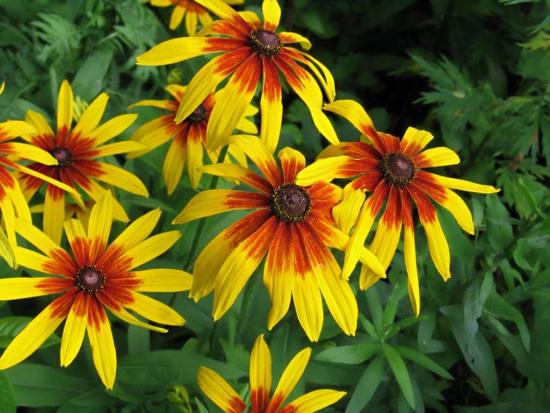
In general, sowing is done in the same way as for seedlings. Furrows are made in the prepared soil. Distribute the seeds and sprinkle with a thin layer soil. The bed is carefully sprayed. Shoots also appear after two weeks. Further care will include:
- in weed removal
- in loosening the soil
- in irrigation
- in fertilizing
- in thinning
To ensure good growth, the first fertilizing is carried out after about two weeks; any complex fertilizer, for example Agricola, is suitable for this. Three weeks after the first feeding, another one is carried out. By autumn, the seedlings form a quite strong rosette of leaves. It is important to prepare rudbeckia bushes for wintering.
The entire rosette is cut off at the root, and the planting site is mulched with a layer of peat. Its thickness should be 5 - 7 cm. Many varieties are capable of reproduction self-sowing, and many do not live in the garden for more than 3 - 5 years and need updating. In general, the plant is unpretentious, it hardly gets sick and is not damaged by pests, so rudbeckia can be safely sown in the garden.
Video review of rudbeckia flowers:

